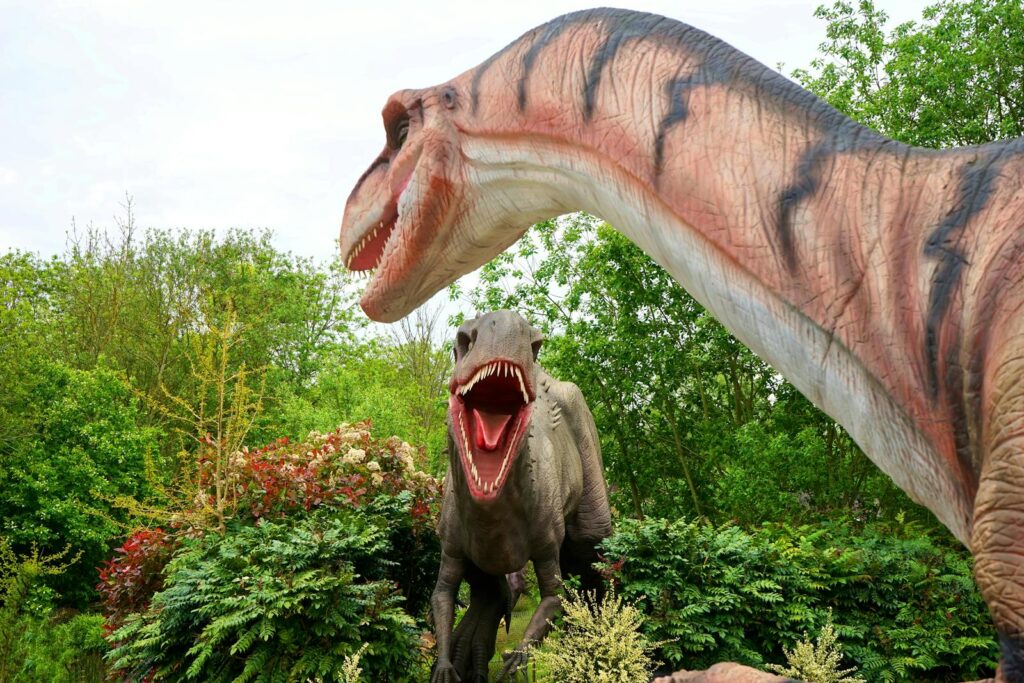The mystery of dinosaur sleep patterns has fascinated paleontologists and dinosaur enthusiasts for generations. While humans and most mammals have well-documented sleeping positions, understanding how massive creatures like Tyrannosaurus rex or towering sauropods like Brachiosaurus rested remains challenging. Unlike soft tissues and behaviors, sleep positions rarely fossilize, forcing scientists to rely on skeletal evidence, comparative anatomy with modern animals, and biomechanical analyses to piece together this aspect of dinosaur life. Recent discoveries and advanced research methods have provided fascinating insights into this prehistoric puzzle, revealing that dinosaur sleep was likely as diverse as the creatures themselves, with different species adopting various positions based on their anatomy, lifestyle, and environmental factors.
The Challenge of Studying Prehistoric Sleep

Determining how dinosaurs slept presents unique challenges for paleontologists. Unlike behaviors such as hunting or migration that might leave trace fossils, sleep positions rarely preserve in the fossil record. Researchers must instead rely on indirect evidence, including rare fossilized sleeping postures, anatomical clues from skeletal structures, and comparisons with modern descendants of dinosaurs. The process involves examining joint mobility, muscle attachment points, and center of gravity calculations to determine what positions would have been physically possible and energy-efficient. This detective work requires cross-disciplinary approaches combining paleontology, biomechanics, and comparative zoology to reconstruct behaviors that occurred over 66 million years ago. Despite these challenges, several remarkable fossil discoveries have provided valuable windows into dinosaur resting positions.
Evidence from Fossil Discoveries

Several remarkable fossil discoveries have provided direct evidence of dinosaur sleeping positions. Perhaps the most famous is the “sleeping dragon” fossil of Mei long, a small troodontid dinosaur discovered in China’s Liaoning Province. This remarkable specimen was preserved in a bird-like sleeping posture, with its head tucked under its arm and its legs folded beneath its body, suggesting it died while asleep. Another notable example is the small theropod Sinornithoides, found in a similar curled position that mirrors the resting pose of modern birds. The oviraptorid dinosaur Citipati was discovered in a brooding position atop a nest of eggs, indicating it may have slept in this protective posture. These rare discoveries provide tangible glimpses into the resting behaviors of certain dinosaur species, though they represent only a small fraction of the diverse dinosaur kingdom.
The Biomechanics of Dinosaur Sleep
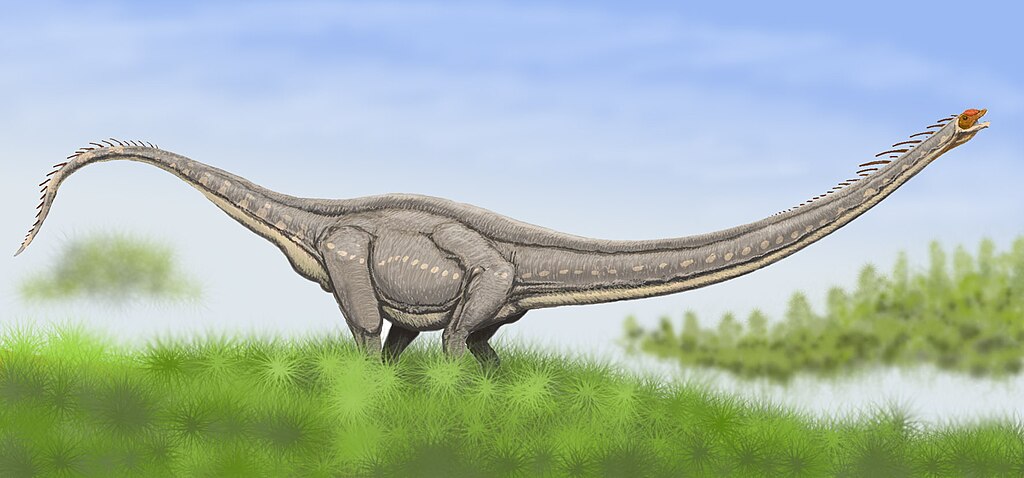
Biomechanical analysis plays a crucial role in determining feasible sleeping positions for different dinosaur species. For large quadrupedal dinosaurs like sauropods, the energy cost of lying down and standing up would have been considerable, raising questions about whether they might have slept standing up. Studies examining joint structure, muscle attachments, and center of gravity suggest that many large dinosaurs could have locked their legs in standing positions, similar to how horses can rest while standing. However, complete standing sleep seems unlikely for most species due to the need for REM sleep, which typically requires muscular relaxation. Computer modeling and comparative studies with elephants and other large mammals indicate that even massive dinosaurs likely needed to lie down for at least portions of their rest periods, though the exact mechanics varied significantly between species based on body shape, weight distribution, and joint flexibility.
Theropods: Bird-Like Sleeping Postures
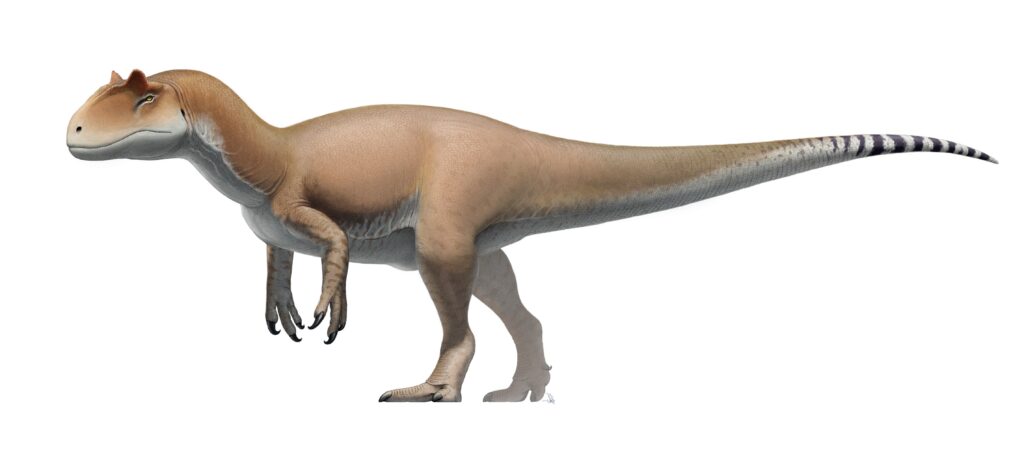
Theropod dinosaurs, the group including Tyrannosaurus rex and the direct ancestors of birds, likely adopted sleeping positions similar to their modern avian descendants. Fossil evidence from smaller theropods like Mei long and Sinornithoides shows bird-like sleeping postures with heads tucked and limbs folded beneath the body. These positions would have conserved body heat and provided a relatively compact defensive posture. For larger theropods, biomechanical studies suggest they probably rested with their bodies closer to the ground, potentially in a squatting position with their weight balanced on their haunches and tails. The S-shaped neck, common in many theropods, would have allowed them to rest their heads in positions that maintained airway function while sleeping. These bird-like resting positions further reinforce the evolutionary connection between theropod dinosaurs and modern birds, representing behavioral continuity across millions of years of evolution.
Sauropods: The Sleeping Giants
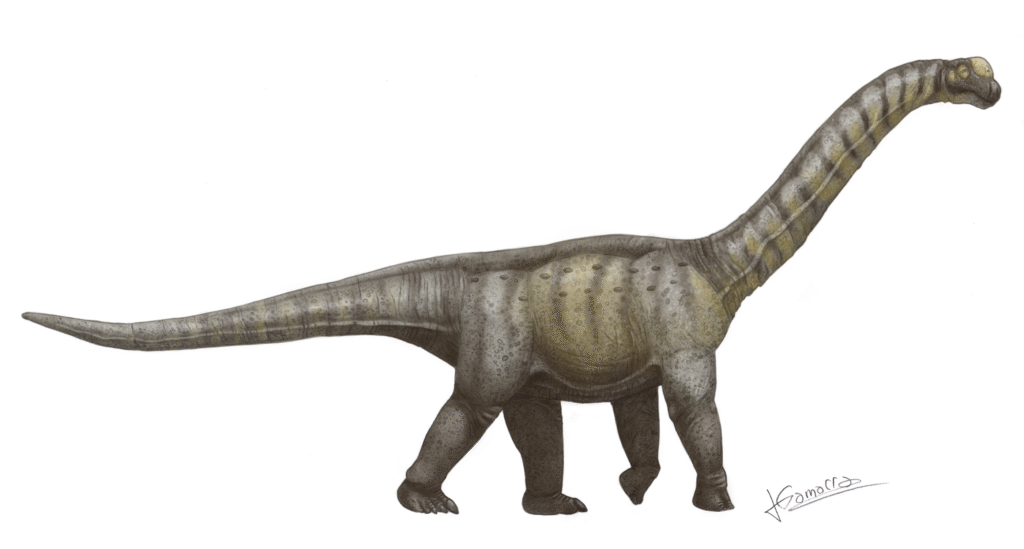
The sleeping habits of massive sauropods like Diplodocus and Brachiosaurus present a fascinating biomechanical puzzle. With weights exceeding 50 tons in some species, the energy expenditure and potential injury risk of repeatedly lying down and standing up would have been substantial. Some paleontologists have suggested these dinosaurs might have slept standing up, similar to horses or elephants ts which can lock their legs in place. However, comparative studies with modern animals indicate that even elephants must lie down for deeper sleep phases. Research into sauropod anatomy suggests their columnar legs and weight distribution would have allowed them to lie down by kneeling on their front legs first, then lowering their hindquarters, much like elephants. Once recumbent, their long necks could have rested on the ground or possibly propped against vegetation. The recovery position would have involved rising from the hindquarters first, then pushing up with the front limbs—a method that would minimize strain on their massive frames.
Ornithischians: Diverse Sleeping Strategies
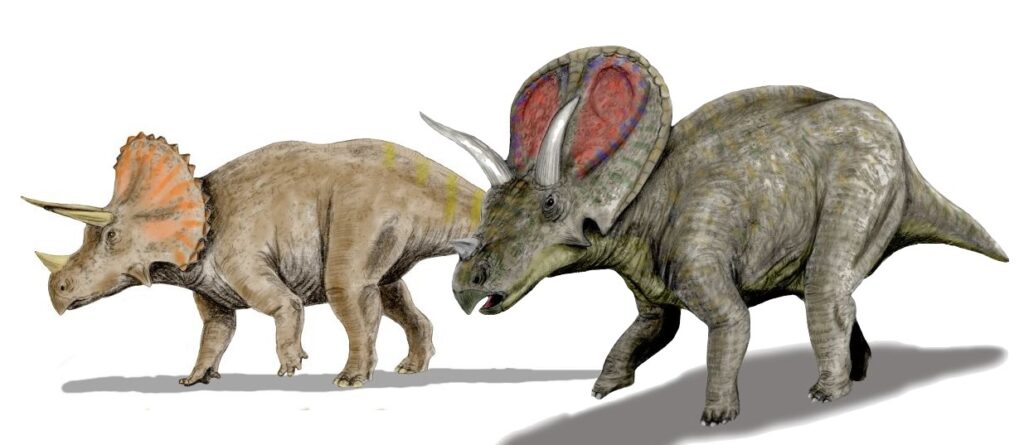
Ornithischian dinosaurs—including ceratopsians like Triceratops, ankylosaurs, stegosaurs, and hadrosaurs—likely displayed a variety of sleeping positions reflecting their diverse body plans. Fossil evidence and biomechanical studies suggest that many of these quadrupedal dinosaurs could have rested on their bellies with limbs splayed slightly outward, similar to modern reptiles. The heavily armored ankylosaurs, with their low center of gravity and wide bodies, would have naturally rested in a prone position. Ceratopsians like Triceratops may have slept in positions similar to modern rhinos, either standing during light sleep or lying on their sides for deeper rest. The bipedal ornithopods could have adopted more bird-like sleeping positions, sitting on their haunches with tails extended for balance. The distinctive body plans of stegosaurs, with their plates and spikes, likely influenced their sleeping positions, possibly requiring them to rest on their sides while keeping their defensive features accessible. These varied approaches to sleep highlight how different dinosaur groups evolved unique solutions to the universal need for rest.
Clues from Modern Relatives

Modern birds and crocodilians, the closest living relatives of dinosaurs, provide valuable insights into possible dinosaur sleeping behaviors. Birds, direct descendants of theropod dinosaurs, typically sleep with their heads tucked under their wings, legs folded beneath them, or balanced on one leg in some species. This distinctive sleep posture, evidenced in fossil theropods like Mei long, suggests similar behaviors existed in many dinosaur lineages. Crocodilians, which share a common ancestor with dinosaurs, can sleep floating in water with just their nostrils exposed or rest on land with their bodies flat against the ground. Some crocodilians also exhibit unihemispheric sleep, where one half of the brain remains alert while the other rests. This adaptation, also seen in some birds, raises the possibility that certain dinosaurs might have employed similar vigilance strategies, particularly those living in predator-rich environments. The combined study of these modern relatives creates a framework for understanding the evolutionary context of dinosaur sleep behaviors.
The Evolution of Dinosaur Sleep
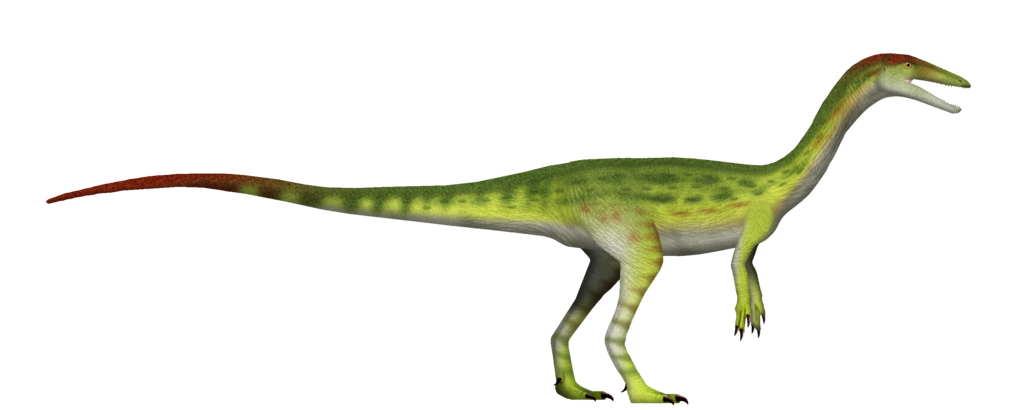
Sleep behaviors likely evolved significantly across the 165 million years dinosaurs dominated Earth. Early dinosaurs, smaller and more agile than their later descendants, probably exhibited sleep positions similar to their reptilian ancestors, resting on their bellies or sides. As dinosaurs diversified and some lineages grew to enormous sizes, sleep adaptations would have evolved to accommodate their changing body plans. The emergence of warm-bloodedness in some dinosaur groups would have influenced their sleep requirements, potentially increasing their need for restorative rest compared to cold-blooded reptiles. The development of feathers in theropods would have created new possibilities for heat conservation during sleep, allowing for the bird-like tucked positions seen in some fossils. Sleep patterns may have also adapted to changing environmental conditions throughout the Mesozoic era, from the arid Triassic to the more temperate Jurassic and Cretaceous periods. This evolutionary progression of sleep behaviors represents an often-overlooked aspect of dinosaur adaptation and survival across their remarkable reign.
REM Sleep and Dinosaur Brain Activity

The question of whether dinosaurs experienced REM (rapid eye movement) sleep adds another layer to understanding their rest patterns. REM sleep, characterized by brain activity similar to wakefulness but accompanied by muscle atonia, is present in both birds and mammals, suggesting it may have existed in their common ancestors. If dinosaurs did experience REM sleep, particularly the more intelligent and potentially warm-blooded species, they would have needed to adopt positions that allowed for muscle relaxation. This requirement would have made continuous standing sleep unlikely, as REM-induced muscle relaxation would cause falling. Brain endocasts from dinosaur fossils reveal that some species, especially advanced theropods, had relatively large brains with complex structures that might have required the memory consolidation functions of deep sleep. The presence of REM sleep would have significant implications for dinosaur cognition, suggesting more sophisticated mental processes than traditionally attributed to reptiles. While direct evidence remains elusive, the likelihood of REM sleep in at least some dinosaur lineages further supports the theory that most species needed to lie down to rest fully.
Sleeping Adaptations for Safety

Dinosaurs likely evolved numerous adaptations to remain safe while in vulnerable sleeping states. Many smaller species probably slept in groups, using collective vigilance to detect approaching predators, similar to modern birds and mammals. Some may have utilized burrows or nests for protection, as evidenced by fossil discoveries of dinosaurs like Oviraptor found preserved while brooding on nests. Larger predatory dinosaurs like Tyrannosaurus rex may have slept in more secluded locations, using their size as a deterrent against disturbance. Armored dinosaurs such as ankylosaurs and stegosaurs could rely on their defensive features even while sleeping, with their plates, spikes, and clubs positioned to discourage predatory attacks. Some species might have employed unihemispheric sleep, keeping one eye open and half their brain alert while the other half rested, similar to modern birds and some marine mammals. These various protective strategies would have evolved differently across dinosaur groups, reflecting the diverse ecological niches they occupied and the specific predatory threats they faced.
Environmental Influences on Sleep Positions
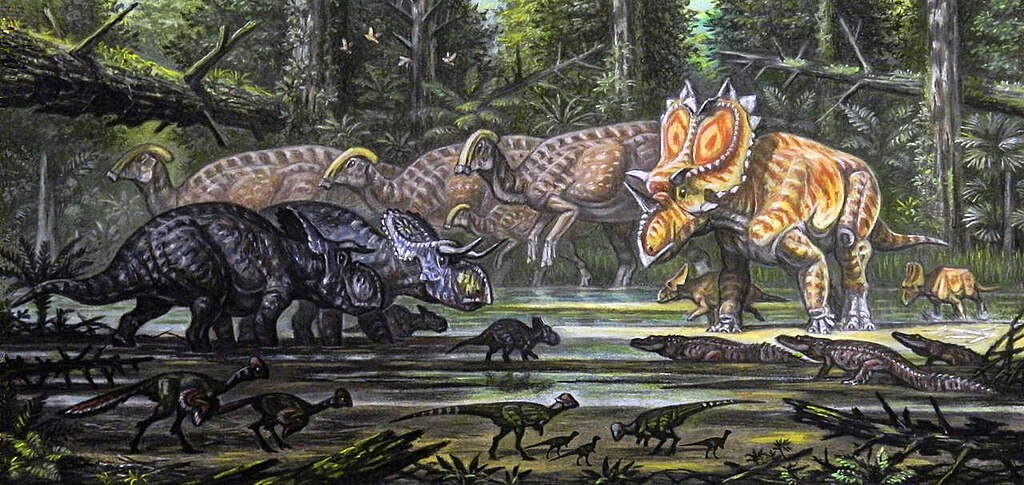
The diverse environments dinosaurs inhabited would have significantly influenced their sleeping positions and habits. Dinosaurs living in cold climates would have needed sleep postures that conserved body heat, possibly including the tucked positions seen in some fossil theropods or group sleeping arrangements. In contrast, those in hot environments might have adopted positions that facilitated cooling, such as sprawling with limbs extended to maximize heat dissipation. Swamp-dwelling species potentially developed adaptations for sleeping in shallow water, using it as protection from predators while keeping their heads elevated for breathing. Forest-dwelling dinosaurs might have utilized vegetation for concealment or support during rest periods. The changing global climate throughout the Mesozoic era would have driven adaptations in sleep behavior as dinosaurs adjusted to shifting environmental conditions. Seasonal variations likely influenced sleep patterns as well, with some species potentially altering their rest habits during breeding seasons, migrations, or in response to food availability fluctuations. These environmental factors added another layer of complexity to the already diverse sleeping strategies employed across the dinosaur kingdom.
The Impact of Sleep on Dinosaur Behavior

Sleep requirements would have significantly influenced broader dinosaur behaviors and ecological roles. Species needing substantial rest periods might have limited their foraging or hunting to specific times of day, developing distinct activity patterns around their sleep needs. Social dinosaurs potentially coordinated their sleep cycles, with some individuals remaining vigilant while others rested more deeply, creating complex group dynamics. Territorial behaviors might have included the selection and defense of optimal sleeping locations that provided safety or environmental advantages. Migratory species would have needed to balance travel demands with adequate rest, potentially developing specialized sleep adaptations such as the ability to rest while walking or unihemispheric sleep during long journeys. Breeding behaviors, including nest construction and offspring protection, would have been integrated with sleep requirements, as seen in the brooding positions of oviraptorid dinosaurs. The metabolic requirements associated with different sleep patterns might have influenced feeding strategies, with more active sleep patterns requiring higher energy intake. Understanding these sleep-related behavioral adaptations provides a more complete picture of dinosaur ecology and daily life patterns.
Future Research Directions

The study of dinosaur sleep continues to evolve with emerging technologies and methodologies. Advanced biomechanical modeling using sophisticated computer simulations now allows researchers to test the physical feasibility of different sleep positions with unprecedented accuracy. New fossil discoveries, particularly those preserved in fine sediments that capture soft tissue impressions, may provide additional direct evidence of sleep postures. Comparative studies with living animals continue to offer insights, with emerging research on brain activity in reptiles and birds potentially clarifying the evolutionary history of sleep patterns. Interdisciplinary approaches combining paleontology with neuroscience, physiology, and behavioral ecology promise to yield more comprehensive understandings of dinosaur rest patterns. Innovative techniques such as finite element analysis can reveal stress distributions in dinosaur skeletons during different potential rest positions, helping to identify the most likely postures. As these research frontiers advance, our understanding of dinosaur sleep will become increasingly nuanced, filling in this intimate aspect of prehistoric life and further illuminating how these remarkable animals functioned in their ancient ecosystems.
Conclusion: The Diverse Sleep Patterns of Prehistoric Giants

The question of whether dinosaurs slept standing up or lying down defies a simple answer, reflecting the remarkable diversity of these animals across different species, sizes, and ecological niches. Evidence suggests that many smaller dinosaurs, particularly theropods, adopted bird-like sleeping postures with their bodies close to the ground, heads tucked, and limbs folded beneath them. Larger dinosaurs likely employed varied strategies, with some possibly capable of light sleep while standing but needing to lie down for deeper, restorative rest. The biomechanical constraints, safety considerations, and environmental factors each dinosaur faced would have shaped unique sleeping adaptations throughout their evolutionary history. While direct evidence remains limited, the combination of fossil discoveries, comparative anatomy, and biomechanical analysis continues to reveal the complex picture of dinosaur sleep behaviors. As with many aspects of prehistoric life, dinosaur sleep patterns remind us that these ancient animals were not simply scaled-up versions of modern reptiles but diverse, specialized creatures with sophisticated adaptations to their worlds, even in something as seemingly simple as how they rested each day.



